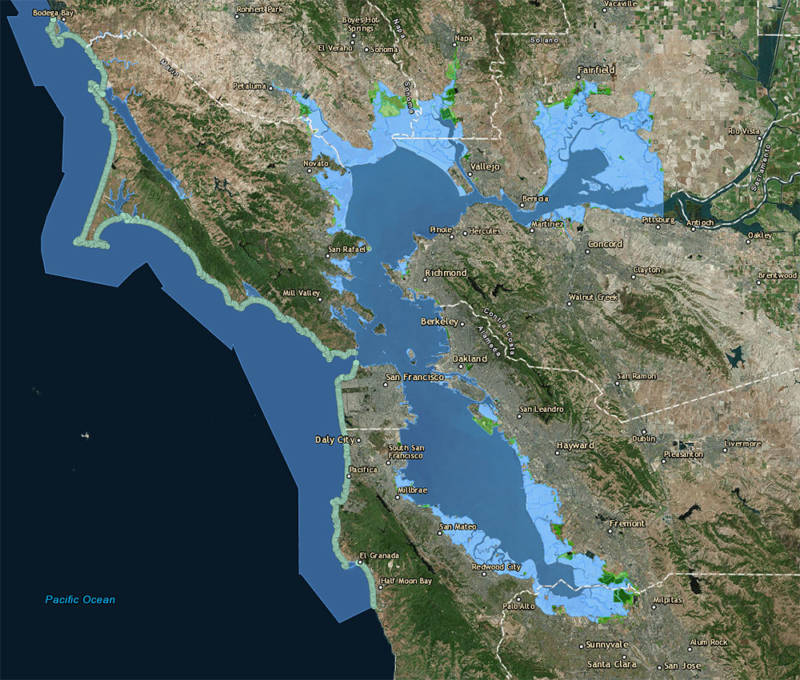The ocean is rocked by storms and its tides ebb with the moon. Waves eat away at the shore, rearranging the sand and bringing cliff-side structures crashing into the surf. It doesn’t behave like water in a bathtub.
But for simplicity’s sake (and because scientists are still learning about how climate change will melt glaciers), researchers have generally projected sea level rise as if the ocean will remain still and calm as it creeps up on crucial infrastructure and seaside neighborhoods.
A new study from the U.S. Geological Survey says the predicted damage from sea level rise in California triples once tides, storms and erosion are taken into account.
“There are many communities that are planning by only considering this in a bathtub and not considering the fact that that’ll be on top of these episodic storm events that’ll cause most of the short term impacts,” said the study’s lead author, Patrick Barnard, a USGS coastal geologist based in Santa Cruz.
The study showed that, once these variables are taken into account, more than $150 billion worth of property and infrastructure and about 600,000 coastal residents could be flooded by the end of the century.
